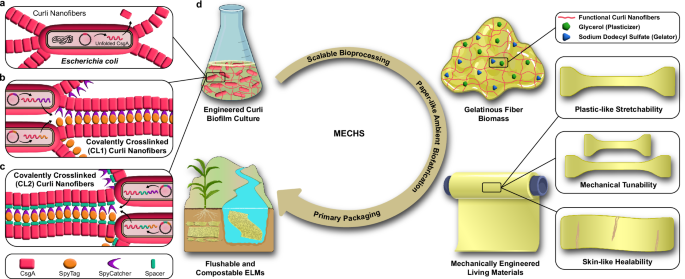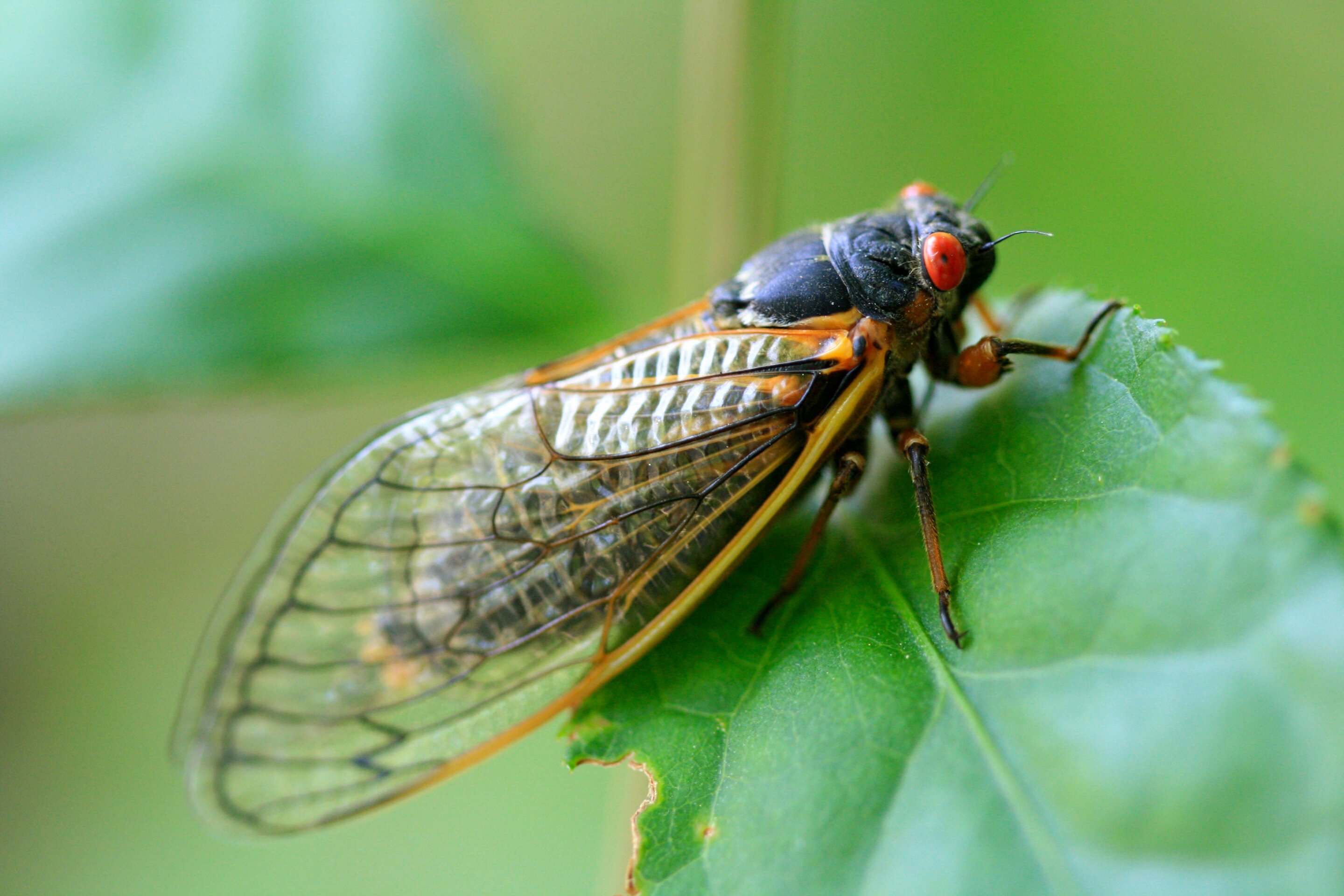
Clitoris - Wikipedia
In amniotes, the clitoris (/ˈ k l ɪ t ər ɪ s / ⓘ KLIT -ər-iss or /k l ɪ ˈ t ɔːr ɪ s / ⓘ klih-TOR -iss; pl.: clitorises or clitorides) is a female sex organ.[ 1] In humans, it is the vulva's most erogenous area and generally the primary anatomical source of female sexual pleasure.[ 2] The clitoris is a complex structure, and its size and sensitivity can vary. The visible portion, the glans, of the clitoris is typically roughly the size and shape of a pea and is estimated to have at least 8,000 nerve endings.[ 3] [ 4]
Sexological, medical, and psychological debate has focused on the clitoris,[ 5] and it has been subject to social constructionist analyses and studies.[ 6] Such discussions range from anatomical accuracy, gender inequality, female genital mutilation, and orgasmic factors and their physiological explanation for the G-spot.[ 7] The only known purpose of the human clitoris is to provide sexual pleasure.[ 8]
Knowledge of the clitoris is significantly affected by its cultural perceptions. Studies suggest that knowledge of its existence and anatomy is scant in comparison with that of other sexual organs (especially male sex organs)[ 9] and that more education about it could help alleviate stigmas, such as the idea that the clitoris and vulva in general are visually unappealing or that female masturbation is taboo and disgraceful.[ 10] [ 11] [ 12]












